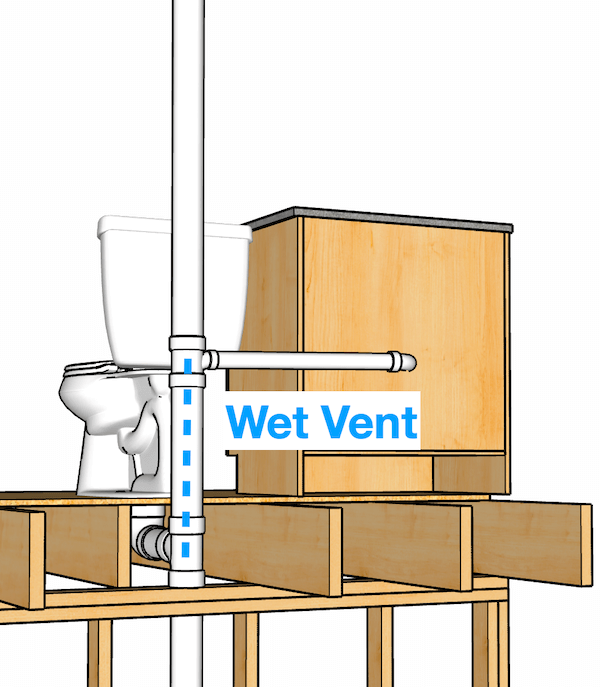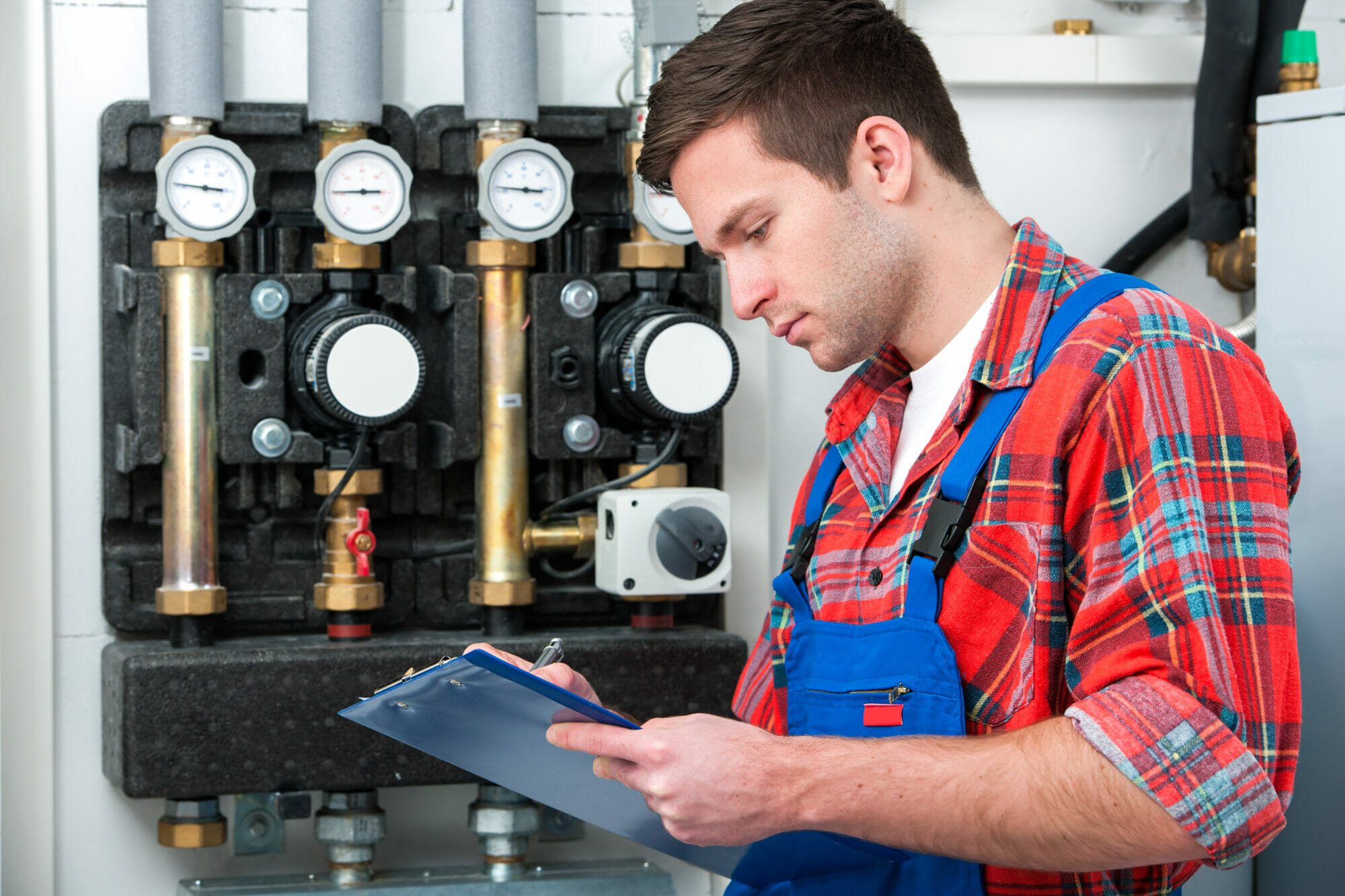Ensuring Adequate Ventilation in Your Plumbing System: The Reason
Ensuring Adequate Ventilation in Your Plumbing System: The Reason
Blog Article
The article author is making a number of good pointers on Why Plumbing Air Vents Are Important as a whole in this post following next.

Correct ventilation in plumbing systems is commonly ignored, yet it is critical for preserving the functionality and safety and security of your home's plumbing. Ventilation assists manage air pressure, avoid the accumulation of damaging gases, and guarantee the reliable elimination of waste. In this guide, we will discover the relevance of correct plumbing air flow, how it functions, and the advantages it brings to your plumbing system.
Comprehending Air Flow in Pipes
Ventilation in plumbing refers to the network of pipelines that allow air to stream with the drainage system. These vents offer multiple functions, including managing air pressure within the pipelines, preventing drain gases from getting in the home, and helping in the smooth flow of wastewater.
How Air Flow Works in Plumbing Solutions
Atmospheric Pressure Regulation
Correct air flow preserves balanced atmospheric pressure within the plumbing system. When water flows with pipes, it displaces air. Without sufficient air flow, this displacement can produce adverse pressure, leading to slow down drains pipes or siphoning of water from traps, which can cause unpleasant odors to permeate into the home.
Stopping Sewer Gas Build-up
One of the most essential functions of plumbing vents is to prevent sewage system gases, such as methane and hydrogen sulfide, from collecting within the home. These gases can pose severe health dangers and are highly combustible. Vent pipes allow these gases to run away safely outside.
Assisting in Waste Removal
Ventilation assists in the effective removal of wastewater by stopping airlocks in the drain system. When air can stream freely through the vents, it permits water and waste to stream smoothly via the pipelines, lowering the risk of clogs and back-ups.
Sorts Of Plumbing Vents
Key Stack Vent
The main pile vent, additionally called the vent pile, is the primary air vent in a plumbing system. It extends from the primary drain line up through the roof, permitting gases to escape and fresh air to go into the system.
Branch Vent
Branch vents link to the main stack vent and offer specific fixtures, such as sinks, bathrooms, and showers. These vents guarantee that each component has adequate ventilation to work effectively.
Air Admittance Shutoff (AAV).
An Air Admittance Shutoff (AAV) is a one-way shutoff that permits air to go into the pipes system without the demand for a conventional air vent pipe extending via the roof. AAVs are generally used in renovations or locations where setting up a typical vent is unwise.
Indications of Poor Ventilation in Pipes.
Slow Draining Fixtures.
If your sinks, tubs, or commodes are draining pipes slowly, maybe an indication of poor air flow. Inadequate air flow can produce a vacuum cleaner result, making it tough for water to drain pipes appropriately.
Gurgling Seems.
Gurgling sounds originating from drains pipes are often a result of air being sucked with water catches because of adverse pressure in the pipes. This is a clear indication of insufficient ventilation.
Undesirable Odors.
Drain smells inside your home are a red flag that your plumbing system is not appropriately aerated. This might indicate that sewage system gases are not being sufficiently vented outside, causing possibly unsafe problems.
Usual Air Flow Mistakes.
Insufficient Vent Sizing.
Making use of small vent pipelines can lead to poor air flow and stress inequalities in the system. It's vital to make use of vents that satisfy the certain demands of your plumbing system.
Improper Vent Placement.
Putting vents too far from the components they serve can lower their efficiency. Proper placement makes certain that air can stream freely and successfully through the system.
Disregarding Code Requirements.
Building ordinance offer certain guidelines for plumbing air flow. Ignoring these codes can lead to a system that falls short to operate correctly and may result in costly repair services or health hazards.
Benefits of Proper Air Flow.
Enhanced System Effectiveness.
Correctly ventilated pipes systems operate more successfully, with fewer blockages, faster draining pipes, and less stress on the pipelines. This efficiency prolongs the lifespan of the plumbing system.
Improved Air Quality.
By avoiding drain gases from entering your home, correct ventilation adds to far better interior air quality, making your living setting healthier and a lot more comfy.
Avoiding Water Damages.
Adequate air flow assists prevent water from being siphoned out of catches, which can cause sewer gases entering the home and causing water damages with time.
Actions to Make Sure Proper Ventilation.
Consulting Plumbing Codes.
Always speak with local pipes codes when developing or changing your plumbing system. These codes supply the needed guidelines for proper venting and ensure your system fulfills security criteria.
Regular Examination and Maintenance.
Regular examinations can aid determine possible air flow issues prior to they become major problems. Upkeep jobs, such as cleansing vent pipelines and checking for obstructions, are necessary for keeping the system in good working order.
Expert Setup.
For new setups or major modifications, it's a good idea to work with an expert plumbing technician. They have the experience to make certain the ventilation system is correctly developed and set up according to code.
Verdict.
Proper ventilation is a crucial part of any kind of plumbing system, making certain that it works successfully and securely. By comprehending the relevance of ventilation, recognizing the signs of poor ventilation, and taking steps to preserve your system, you can stop expensive problems and secure your home's air high quality.
4 Things You Should Know About Your Plumbing Vents
What Plumbing Vents Are
Also called a vent stack, a plumbing vent is a vertical pipe attached to your drain line that runs through your roof. The plumbing vent pipe, or plumbing air vent, removes gas and odors from your plumbing system and allows fresh air to enter the pipes, helping the water to flow out of the drain pipes.
What Plumbing Vents Do
Plumbing vents have two basic functions. One of which is to allow unpleasant smelling wastewater and sewer gasses to escape your plumbing system instead of entering your home. Plumbing vent pipes are typically located on roofs, away from windows, to ensure the fumes exit the home completely.
The other function of the plumbing vent is to move fresh air into your plumbing system. This helps move water through every plumbing fixture in your house, like toilets and sink drains. Think of the way in which you need to let a little air into the bottle as you pour soda in order to make the drink flow smoothly.
Different Types of Plumbing Vents
True vent: This is the most common vent option. In simplest terms, a true vent is a vertical pipe attached to your drain line that exits through the roof. They often function as the main vent that other fixtures can connect to. Re-vent pipe or auxiliary vent: Attached to the drain line near specific plumbing fixtures, re-vent pipes run up and over to connect to the main vent. Common vent: Two plumbing fixtures installed on opposite sides of a wall are typically tied into the vent stack using something known as a sanitary cross. Wet vent: This venting option operates as a drain pipe and a vent at the same time. Wet vent drainage systems drain water from one fixture while venting the air from another. Although they’ve been used for over 100 years, wet vent systems have only recently been added to the plumbing code in many areas. If you’re planning on installing one in a bathroom remodel, make sure you check your local code prior to construction. Loop vent: For free-standing fixtures like kitchen island sinks, loop vents are ideal. These vent pipes run under the floor, rise from the P-trap, and create a loop inside the cabinet sink. Air admittance valve: An AAV is a one-way mechanical valve typically installed at the site of the plumbing fixture. AAVs allow venting to occur without having to tie into a larger venting system. They’re ideal for venting fixtures where you aren’t able to easily connect to an existing vent system. Common Plumbing Vent Issues
Although vent pipes typically don’t have water flowing through them, they’re still subject to many typical plumbing issues. For example, clogs are one of the most common problems associated with sewer vent pipes. If your vent pipe gets clogged, all of your plumbing fixtures tied into the vent stack will be affected.
A sink with a slow drain that bubbles and gurgles or a strong sewage smell around your toilet are both indicators that your toilet vent pipe is clogged. Because most vent pipes exit through the roof, old leaves, twigs or even a bird’s nest could be clogging the pipe.
Clogs in your vent pipe system cause a buildup of negative pressure, meaning that water won’t be able to flow out of your home very well. It’s similar to putting your finger over the opening of a straw to trap water inside. When you remove your finger, the water is able to flow out of the straw.
If you suspect you have any blockage in your vent, make sure you have a professional come examine the situation. Left unchecked, a blocked air vent can lead to other costly repairs, like leaks and sediment buildup.
Under Pressure
Pipe vents are essential aspects of a home’s plumbing system. Owning a home means learning about all sorts of things you never put much thought into before. But by understanding as much as you can about the important systems of your home, you can keep those budgets intact and those anxiety levels low.
https://www.homeserve.com/en-us/blog/home-improvement/plumbing-vents/

Do you appreciate reading about What Are Plumbing Vents and Why Are They Important?? Try leaving a remark down below. We will be happy to know your feelings about this write-up. In hopes that you come back again in the future. In case you liked our blog posting kindly consider to pass it around. We thank you for reading our article about What Is A Plumbing Vent & How Do They Work?.
Request Free Estimate Report this page